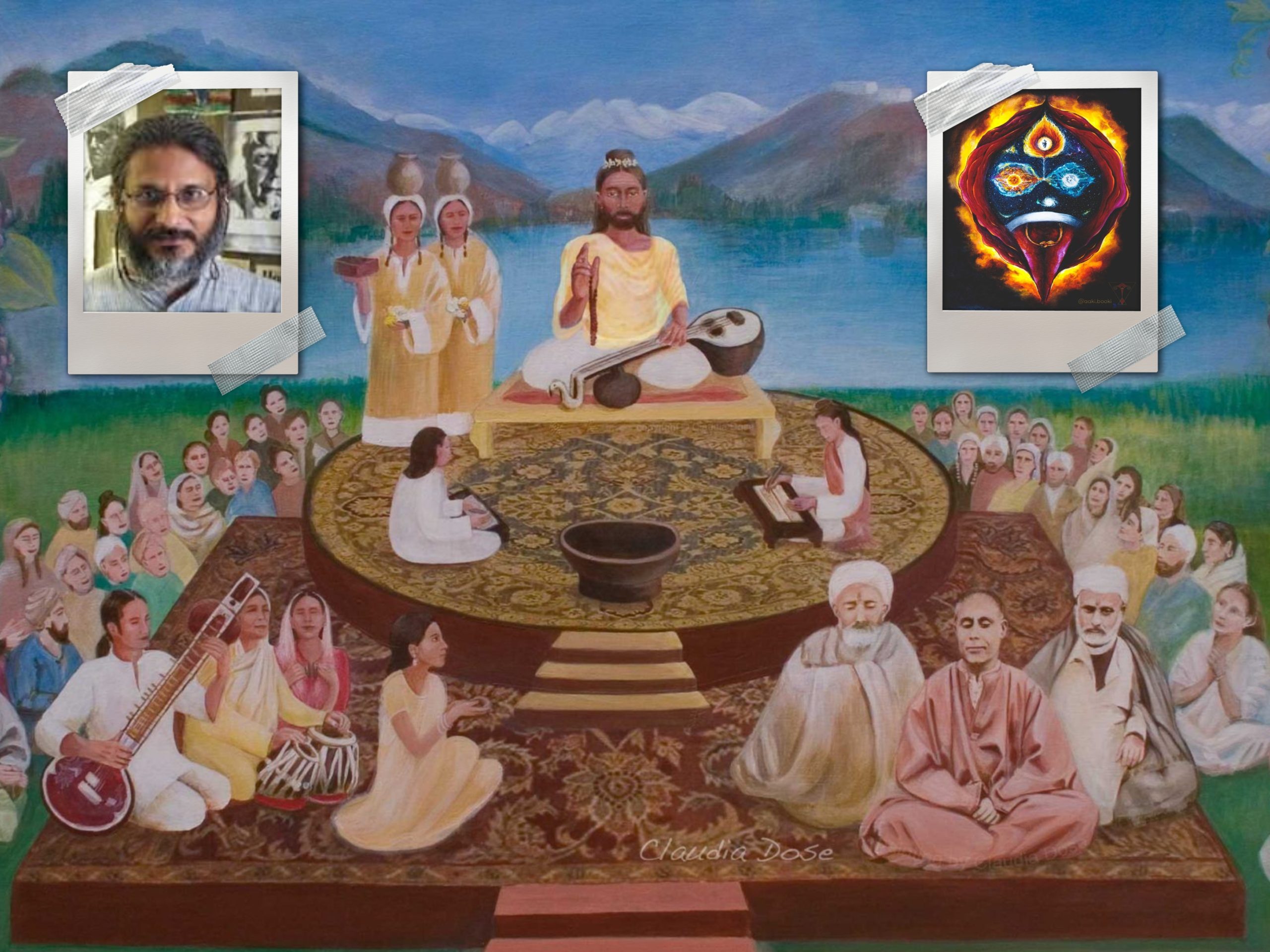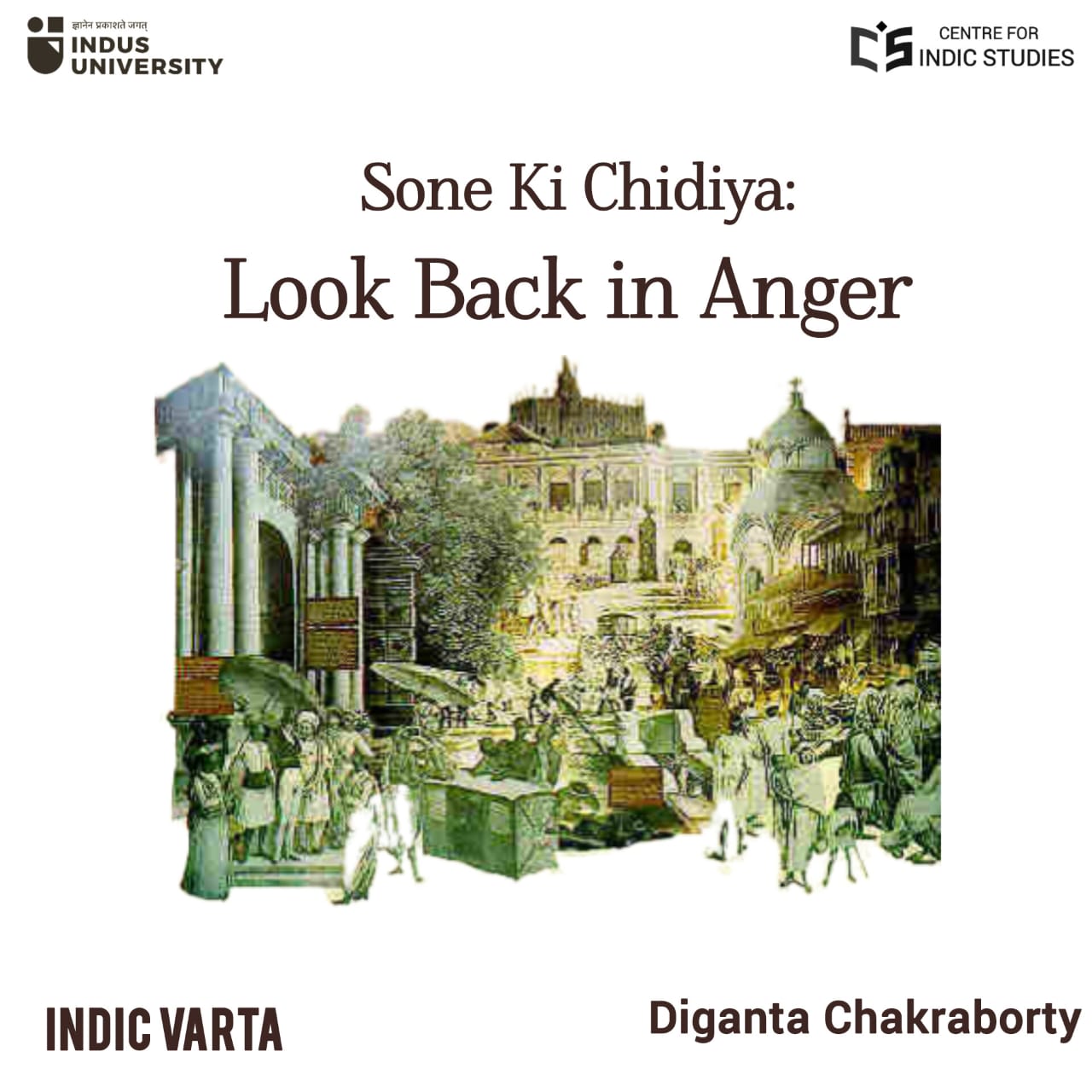- Visitor:22
- Published on:
The Dream of a Casteless Society
Why is caste which we wanted to eradicate and completely uproot now becoming stronger and more prominent despite our persistent efforts to the contrary? Have we made the mistake of trying to eradicate the caste system because of our inability to comprehend the caste system? After all, why did we assume that caste is a social problem and that it is a hurdle in the path of national progress and unity? From where did we get this perspective? Is this, like our other major beliefs and principles, a part of the legacy of British socialism that we have inherited?

Should it not be a cause for concern that the caste system is still a chief characteristic of our social life even after decades of independence, considering that creating a caste free society was one of the resolutions made when we began our journey as an independent nation. Let us recall those days when our passion drove us to disregard the very existence of the caste system. In every decennial census conducted from 1871 to 1947 under British colonial rule, caste was regarded as the primary basis and chief marker of society and social classification. Yet, while conducting the first census of independent India in 1951, we disregarded the very existence of caste; hence, no one was asked about their caste and caste was not recorded in the census. We came to believe that caste was a shallow and artificial construct that would automatically disappear if we simply overlooked it.
Yes, there was a problem as far as the enumeration of scheduled castes was concerned. There was a national consensus about making reservations in the fields of education, employment and legislature to support the social and economic upliftment of these scheduled castes. In order to make such provisions, it was necessary to have an official list of scheduled castes. Therefore, in order to avail of the applicable reservations, it became mandatory to have a list of eligible beneficiaries in census records, voting lists and public offices. But, after long discussions and debates, the representatives of various parties in the constituent assembly concluded that reservations would not be needed for more than ten years since it would not take more than ten years for the backward sections of society to come at par with the rest of the society. Therefore, the necessity to separately enlist scheduled castes would be a provisional and emergency measure for ten years, following which this necessity would be obviated and we would finally have a completely caste free society.

Initially, caste enumeration was limited to the scheduled castes, but after 1980, the Mandal Commission approved of a category called “Other Backward Castes”. There were no statistics available for “Other Backward Castes” in the 1931 census conducted during colonial rule. Now, the problem was not limited to forward, backward and scheduled castes. Yadavs, Kurmis, Lodhs, Gujjars, Jatavs, Valmikis and other caste groups now started to voice their identities and the need for enumeration. Various caste groups held meetings and congregations. The problem of casteism had now spread from political thinkers to the government bureaucracy. Every government official now came to believe that his rank and position was linked to his caste.
Caste was now turning out to be a matter of pride rather than a matter of shame. The same Marxists who, under the influence of class theories, had earlier denied the existence of caste were now talking about the importance and meaning of caste.
Senior communist leaders and intellectuals such as S.G.Sardesai, Indrajeet Gupta, Mohit Sen, Ashok Mitra, Sharad Patil and Gail Omvet were now openly saying that they had mistakenly separated caste and class in India. Here, caste is class. So, we must look at caste from a fresh perspective and now we must use caste rather than class as our main weapon in the fight against Hindutva. Would this rebirth of casteism not have resulted in the re-emergence of caste as a category in the census.
Why did this happen? Why is caste which we wanted to eradicate and completely uproot now becoming stronger and more prominent despite our persistent efforts to the contrary? Have we made the mistake of trying to eradicate the caste system because of our inability to comprehend the caste system? After all, why did we assume that caste is a social problem and that it is a hurdle in the path of national progress and unity? From where did we get this perspective? Is this, like our other major beliefs and principles, a part of the legacy of British socialism that we have inherited?
In the light of our long experience, is it not necessary that we begin to understand the caste system from a fresh perspective? Why is caste a characteristic only of Indian, particularly Hindu, society? How is it connected to Indian history and culture? Does it have a philosophical basis and if so, then what is that philosophical basis? If caste is an irrelevant, anachronistic and anti-human system, then why does it not vanish naturally? What is it that is keeping caste alive? But before to begin to answer these questions, it is necessary to understand how European travelers, missionaries, British officials and others saw caste system and the measures they adopted to deal with it.
Source : [नवभारत टाइम्स, ७ सितम्बर, १९९५] [ जाति विहीन समाज का सपना – स्वरूप, देवेंद्र , Prabhat Prakashan]
[Translated from Hindi by Ankur Kakkar]
- 11 min read
- 0
- 0










